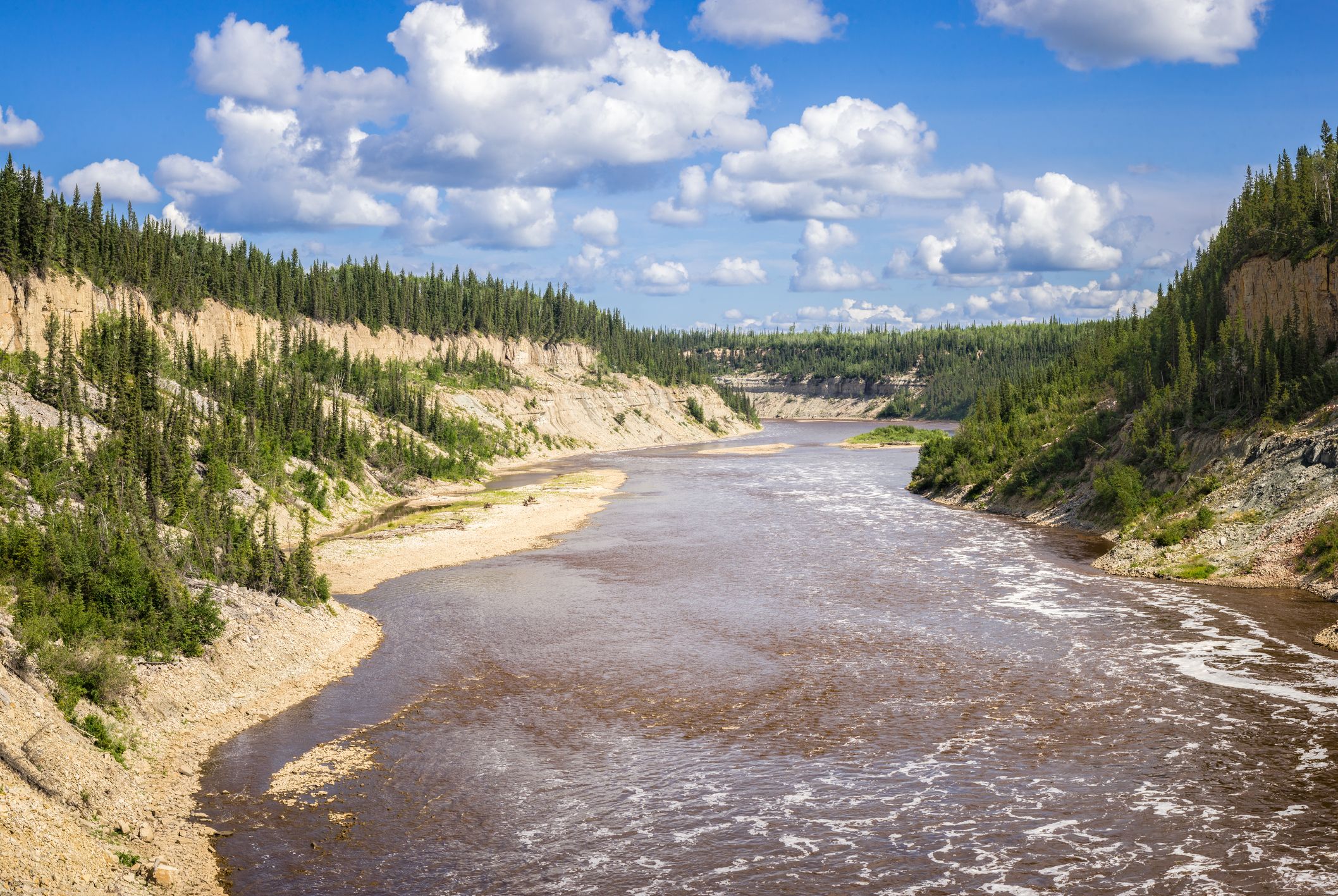Results of water quality monitoring completed by the Government of the Northwest Territories (GNWT) indicate that concentrations of some metals and hydrocarbons in the Slave and Hay Rivers were elevated in July 2020 due to unprecedented high flows.
“Healthy water is of the utmost importance to the NWT and its residents,” said Shane Thompson, minister of environment and natural resources. “The high water levels we’ve seen this summer and fall in the Northwest Territories were unprecedented and temporarily increased levels of suspended sediments, and some metals and hydrocarbons in the Slave and Hay Rivers.”
“The data and information we have gathered suggests that impacts to fish are not expected,” added Thompson. “We continue to gather information on our water, through the GNWT’s regular water quality and quantity monitoring program, and will continue data sharing efforts as part of our transboundary water agreements to help ensure the waters of the NWT remain clean, abundant, and productive for all time.”
Snowmelt and heavy rain in upstream watersheds of the Mackenzie River Basin in 2020 resulted in more suspended sediment (dirt, silt, and clay) in surface waters this summer than normal. As a result, concentrations of some metals and hydrocarbons were higher than normal in July for the Slave and Hay Rivers and for a few substances in August in Great Slave Lake.
Water sampling and analysis in the Slave and Hay Rivers in August and September found that concentrations had returned to their normal range.
More information about N.W.T.’s water quality monitoring program is available here.









